Wild horses, once the symbol of the American West, have become a growing concern in Nevada, where the delicate balance between conservation and ranching is tested daily. Overpopulation threatens the ecological balance of public lands and negatively impacts wildlife and livestock operations in the region.
The Bureau of Land Management (BLM) recently announced a proposal to gather wild horses and address the growing population in the Lahontan Herd Management Area (HMA), located approximately 40 miles east of Carson City. The BLM's environmental assessment (EA) reports that the wild horse population in the Lahontan HMA has surged to 518, far exceeding the established Appropriate Management Level (AML) of 7-10 horses.
"The BLM's priority is to conduct a safe, efficient, and successful horse gather operation while ensuring humane care and treatment of all animals gathered," said Kimberly Dow, District Manager for the Carson City District Office. According to the BLM, the operation will remove excess horses from the designated HMA area of 9,687 acres and the surrounding 304,705 acres across Lyon and Churchill counties. "The gather operation would involve areas both inside and outside the designated HMA boundaries," the BLM stated.
For ranchers like Jack Payne, who runs the Clan Alpine Ranch east of Fallon and leases grazing lands across more than 1.2 million acres, the environmental strain caused by overpopulation is a significant threat to his operation, particularly with limited grazing land and water resources available for his cattle.
Jack is not alone in his frustration. The Nevada Department of Wildlife reports that mountain lion numbers have drastically declined, which traditionally helped keep horse populations in check. A 2021 study found that mountain lions in Nevada's Great Basin region consumed wild horses as a significant part of their diet, with 60% of their food intake comprising wild horses. This suggests that mountain lions play a role in controlling wild horse populations. For instance, in 2024, NDOW removed three mountain lions from the Clan Alpine Range to reduce predation on desert bighorn sheep. In the absence of these predators, wild horse numbers have exploded, further depleting critical resources. "It's a huge problem, but no one wants to address it properly," said Payne, who noted that there hasn't been a gather in his area for several years.
While there is no news of gathers in Dixie Valley or east of Fallon, the BLM hopes to at least bring some relief to the Lahontan HMA by removing as many as 300 wild horses from the region, which is currently home to far more horses than the land can support. Beyond the HMA, horses are spreading onto surrounding lands, often migrating into neighboring ranches, further depleting water resources and forage. However, even with a successful gather, nearly 200 horses would remain in an area that ideally sustains just 7-10 head, as established by the AML.
Adding to this complex issue is the ongoing pressure from wild horse protection groups, who vehemently oppose large-scale gathers. These groups argue that wild horses are an iconic part of the American West and should be protected.
The proposal is currently open for public review and comment. The 30-day public comment period began on April 10, 2025, and will close on May 12, 2025. Comments will be used to inform the final decision-making process under the National Environmental Policy Act (NEPA) and in accordance with Section 106 of the National Historic Preservation Act, which includes the identification of historic properties in or near the project area.
Members of the public are encouraged to review the full environmental assessment and submit comments online at the BLM National NEPA Register:
🔗BLM National NEPA Register (Click "Participate Now" in the left-hand column.)


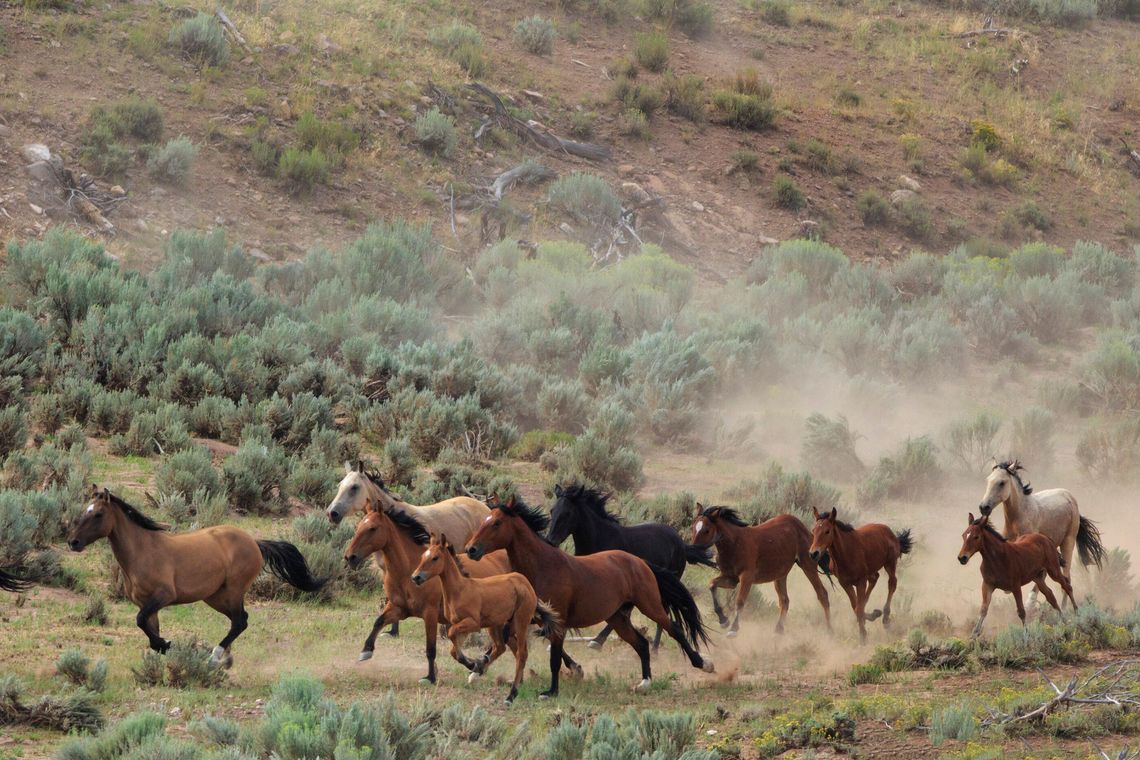
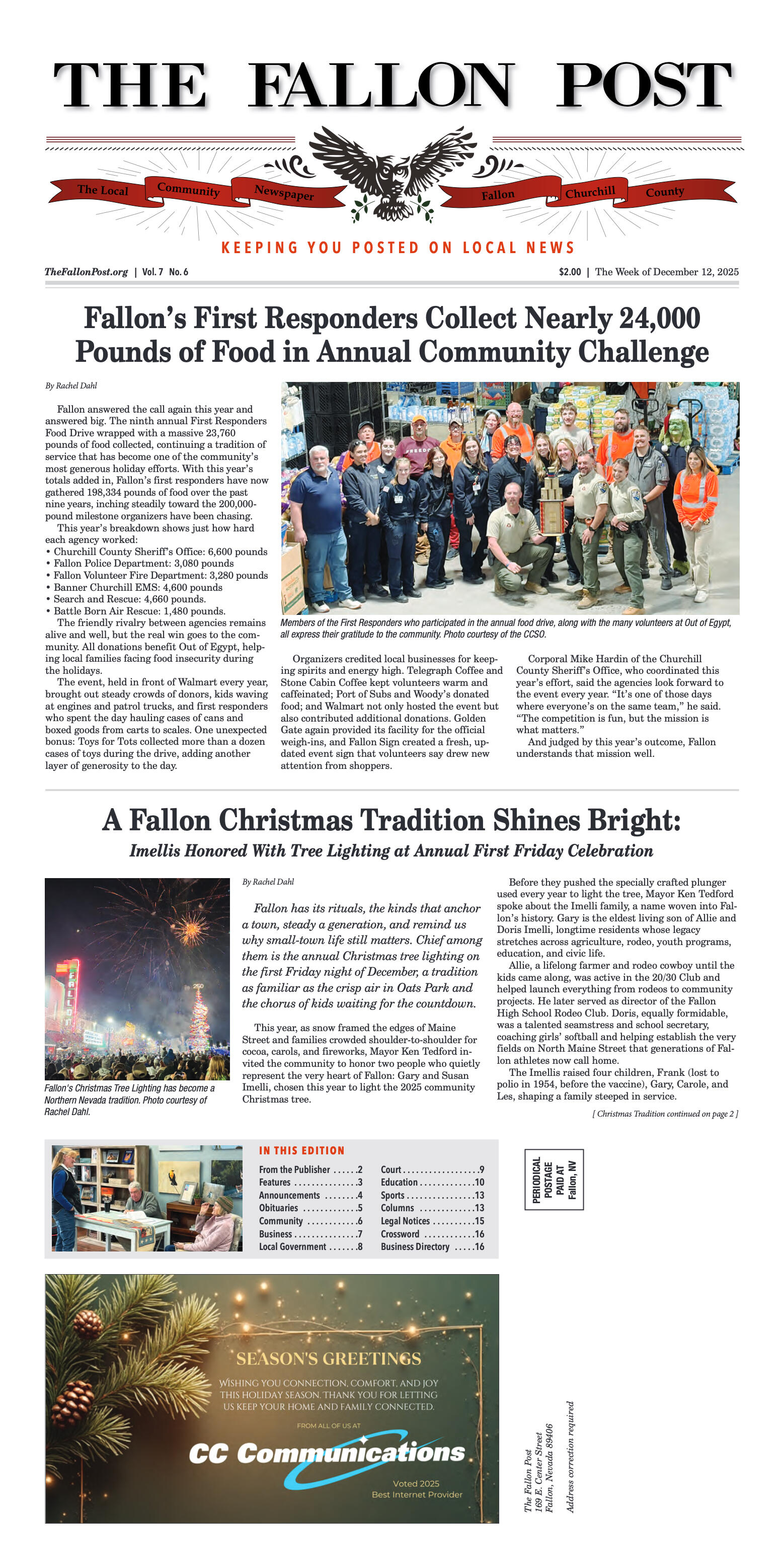
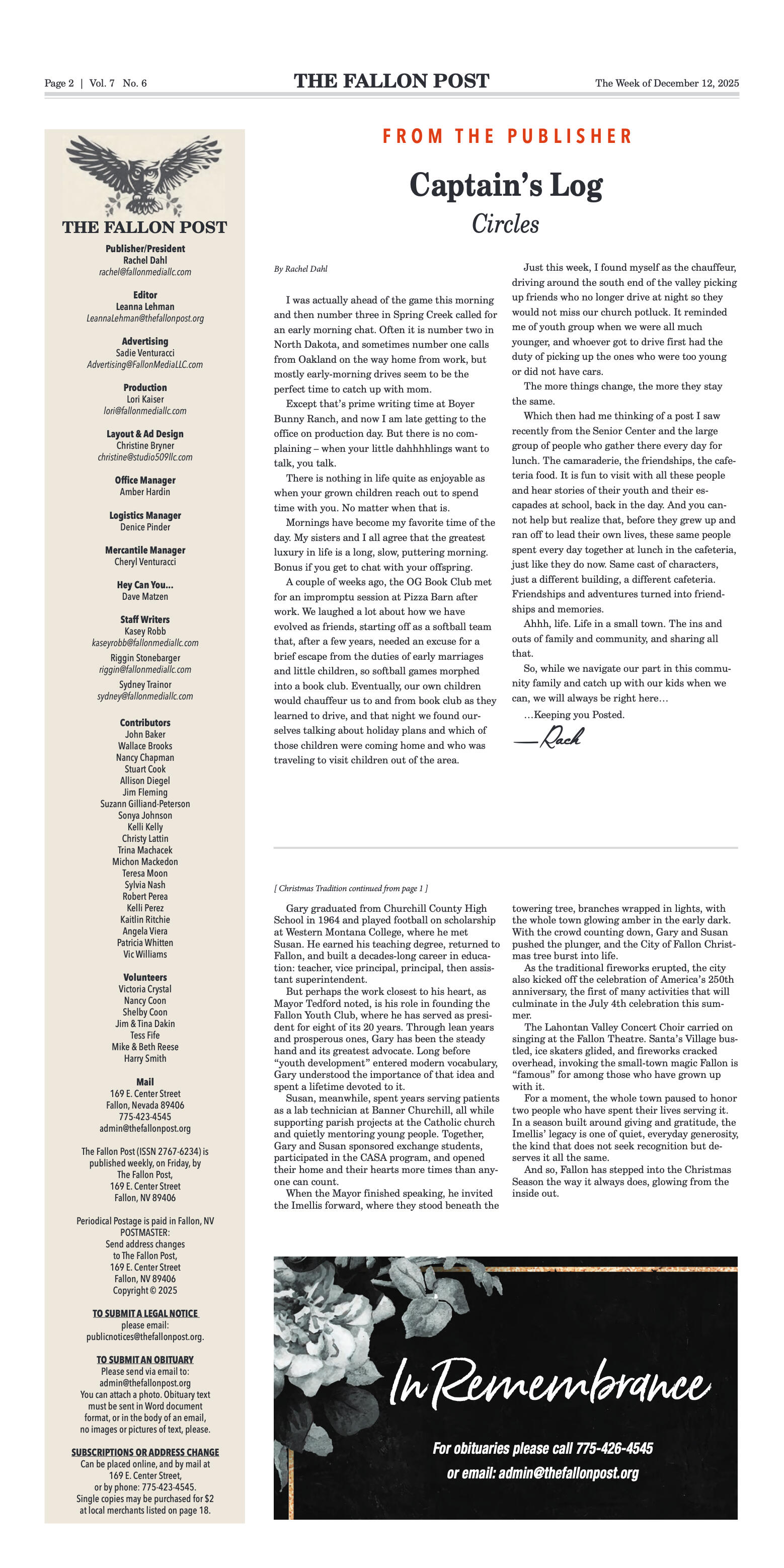
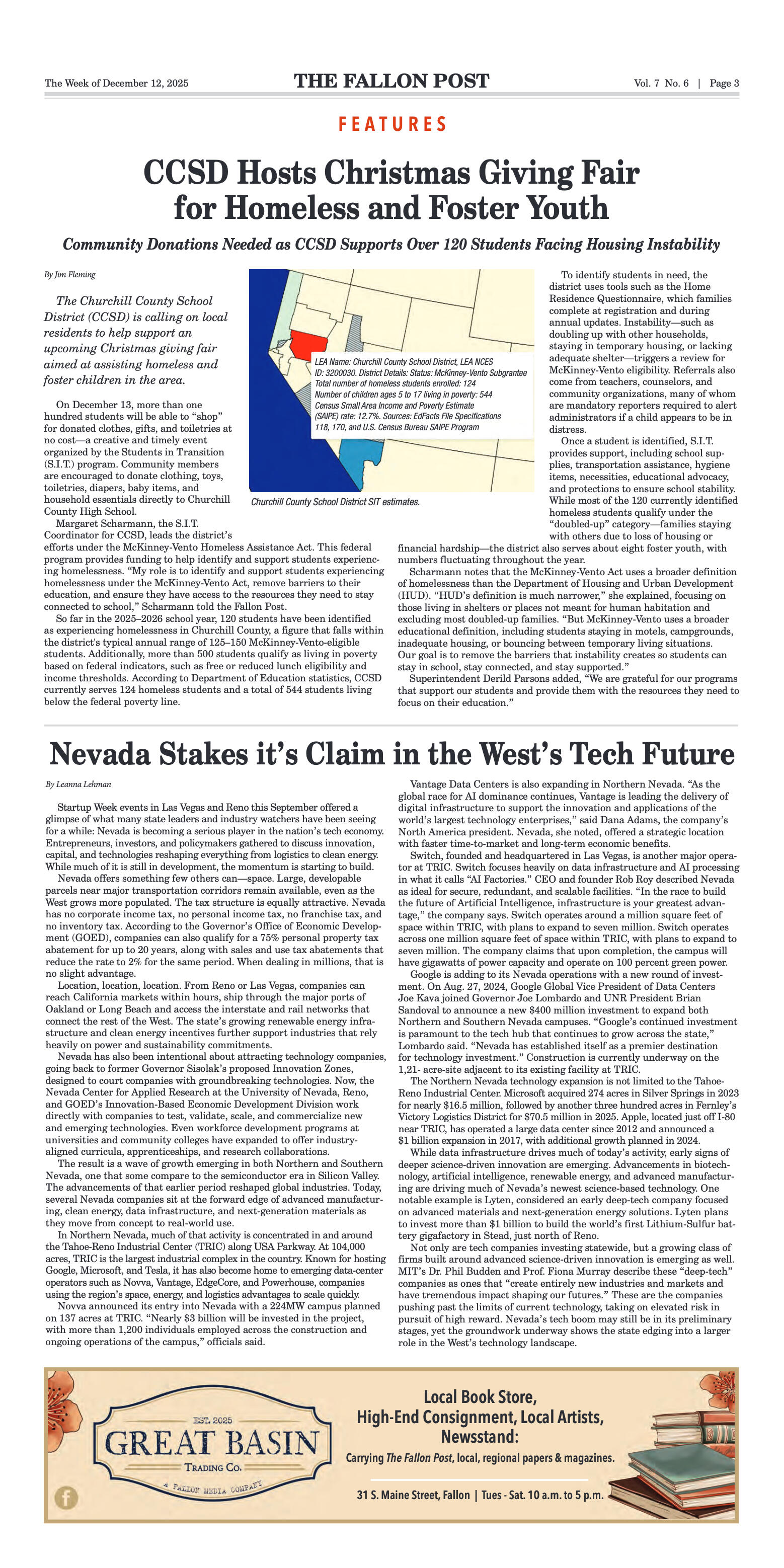

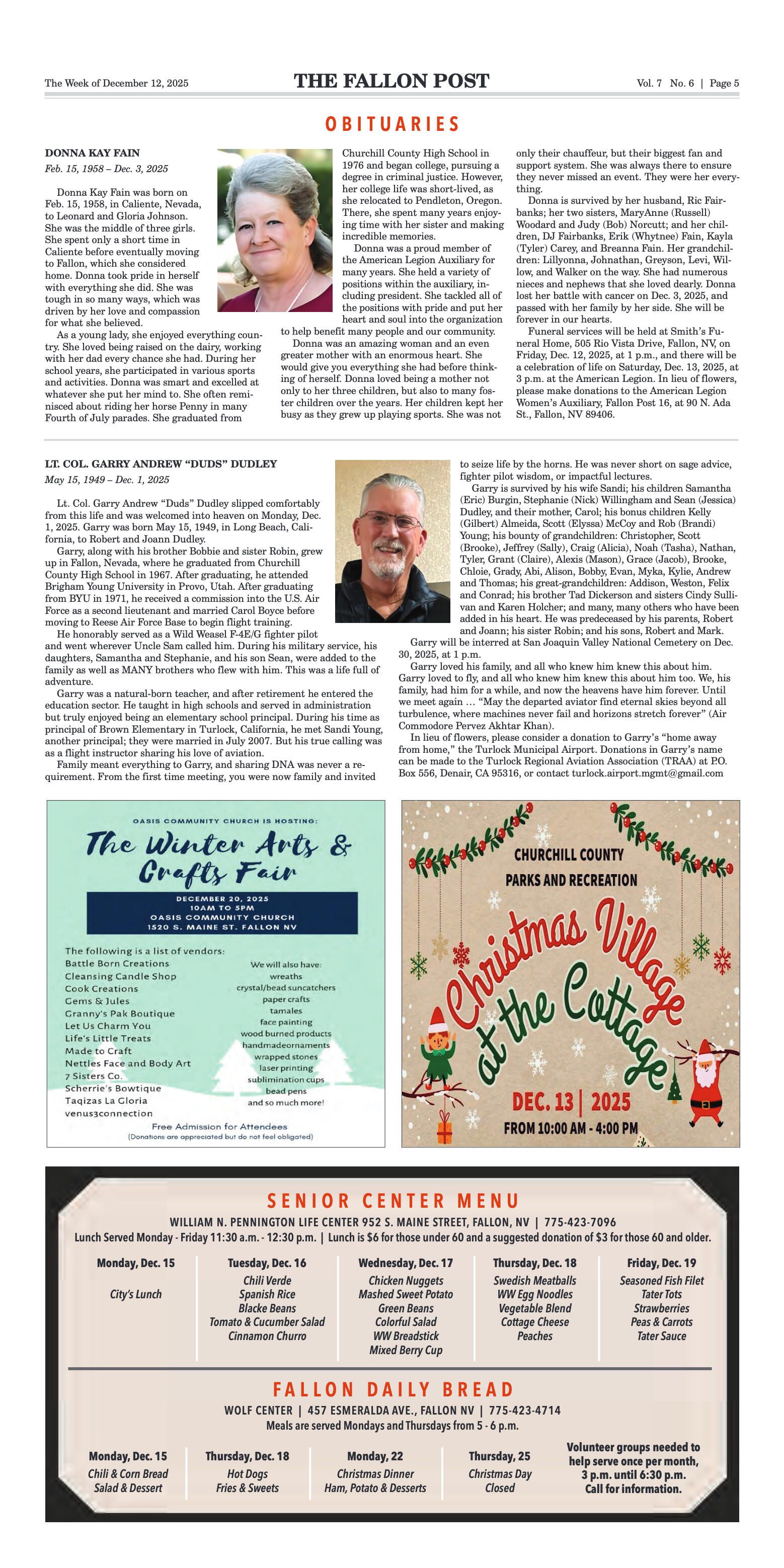


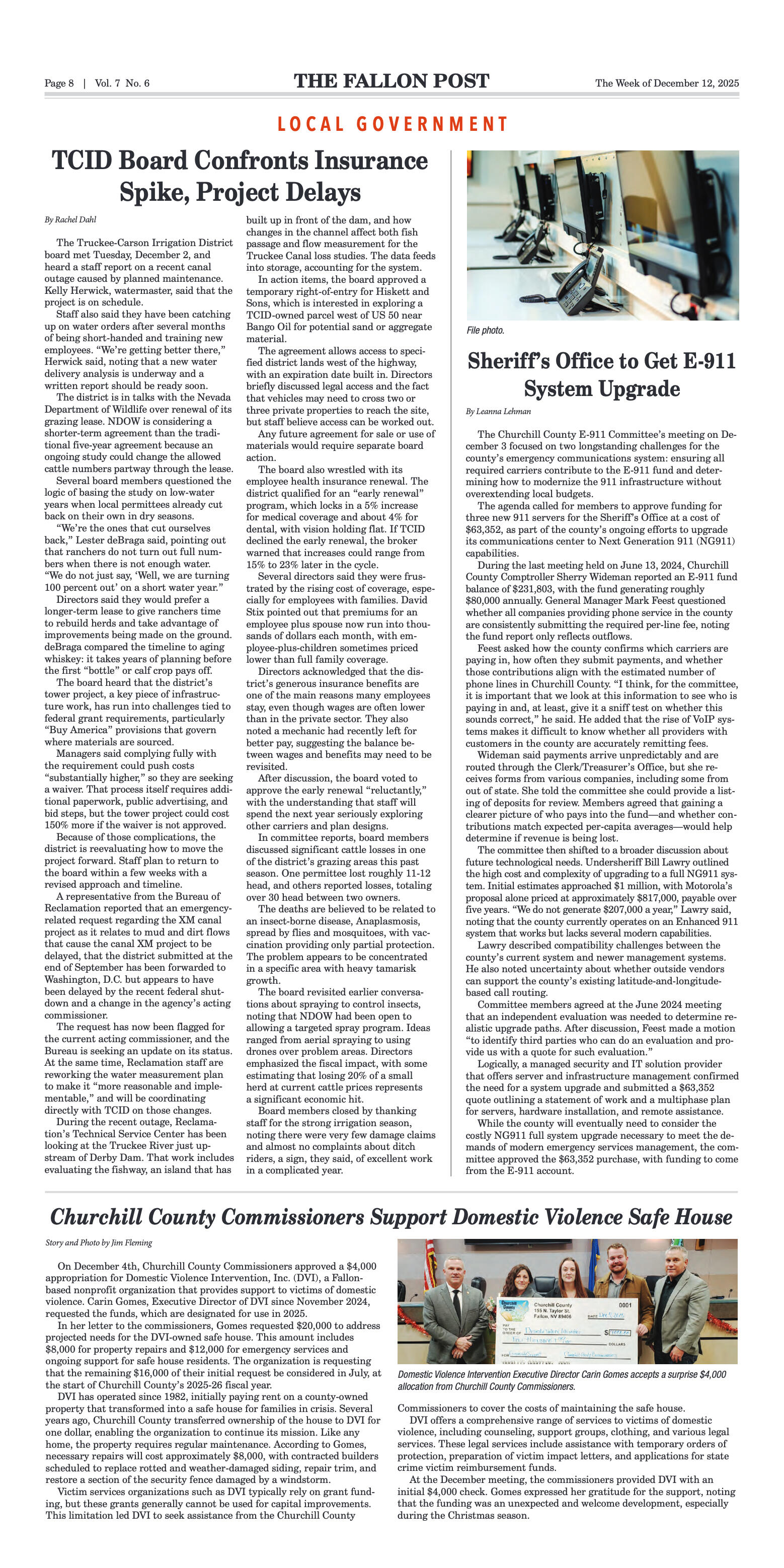
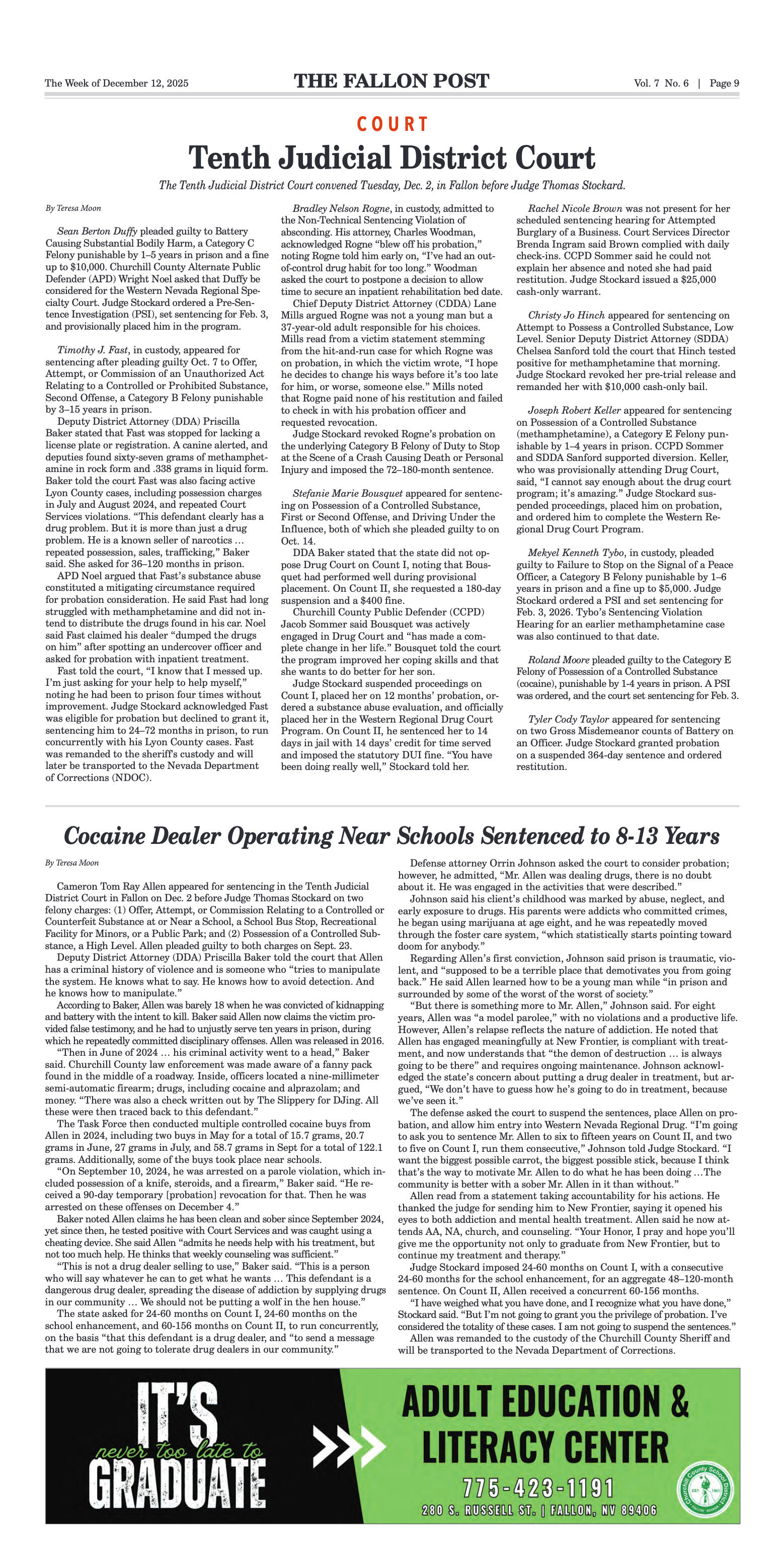

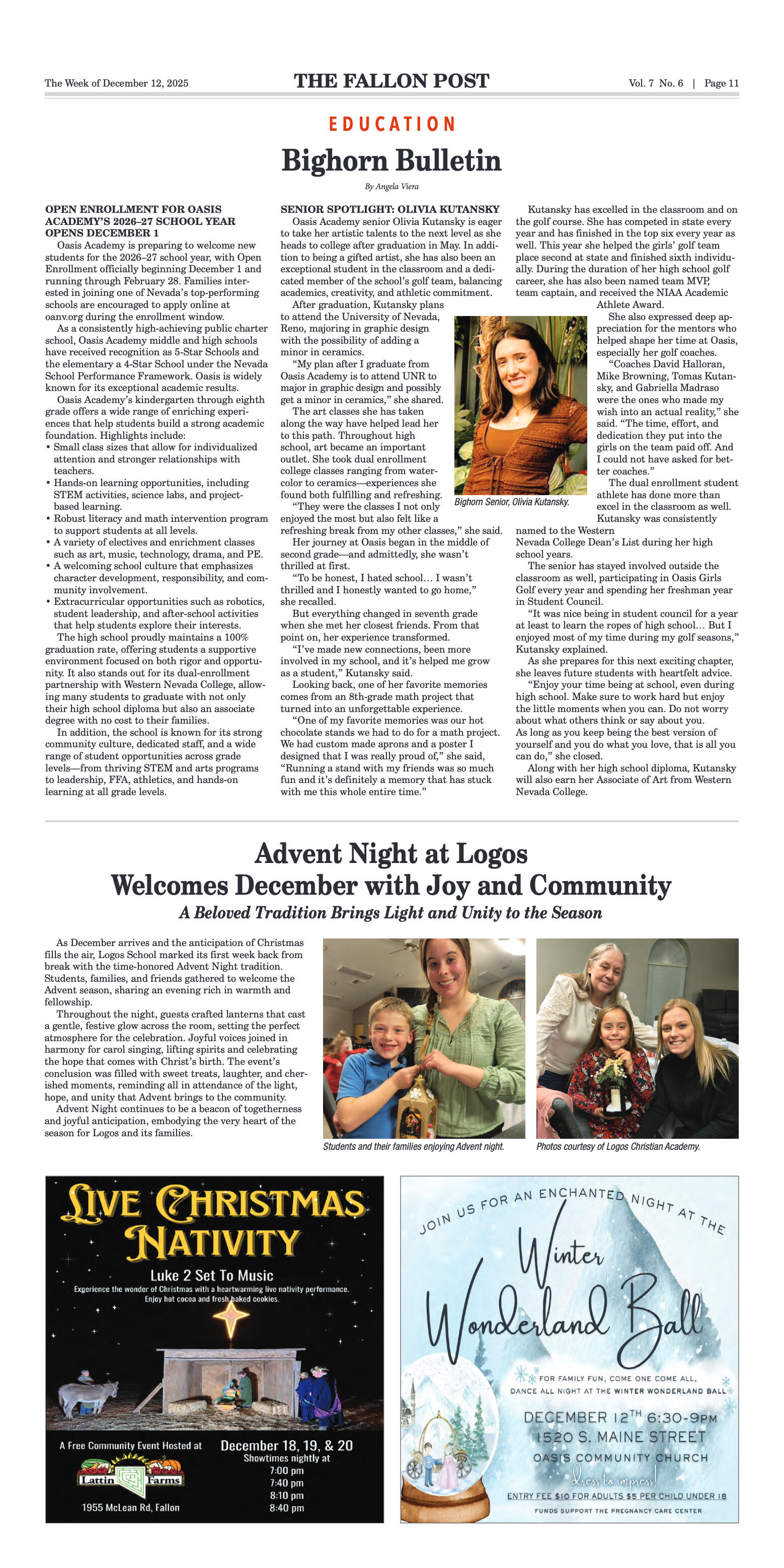


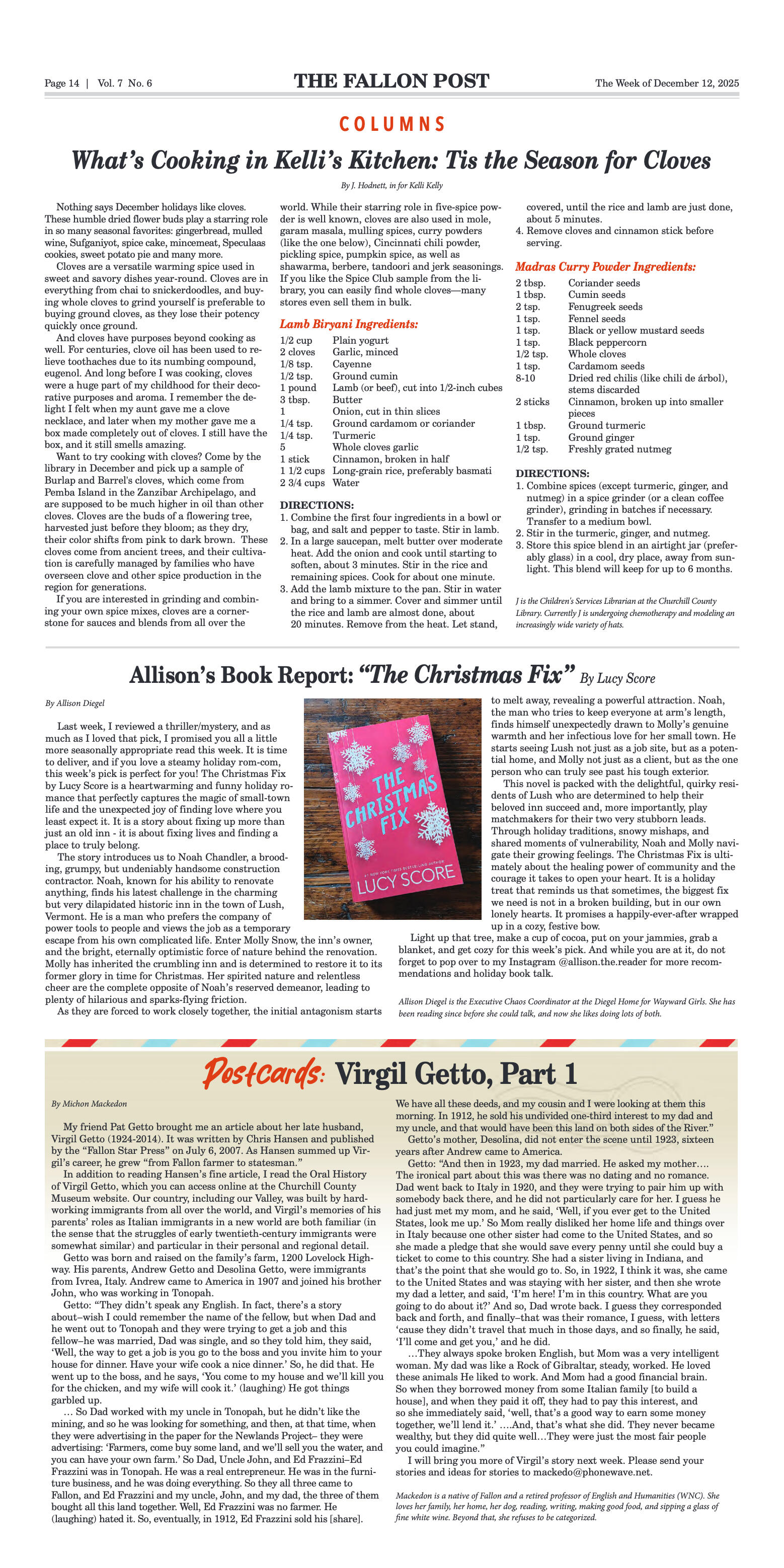




























Comment
Comments